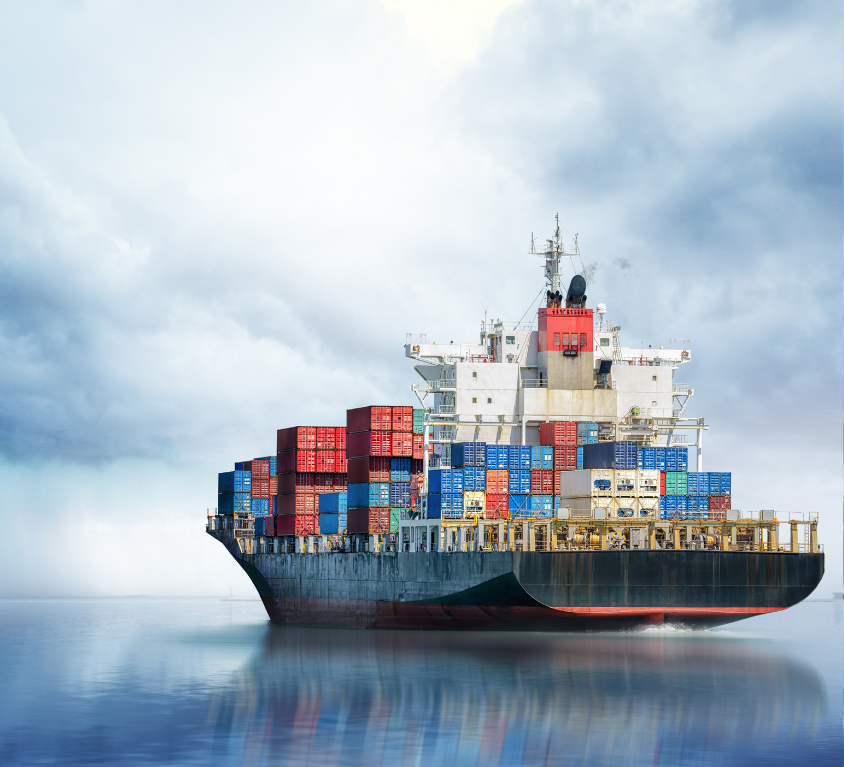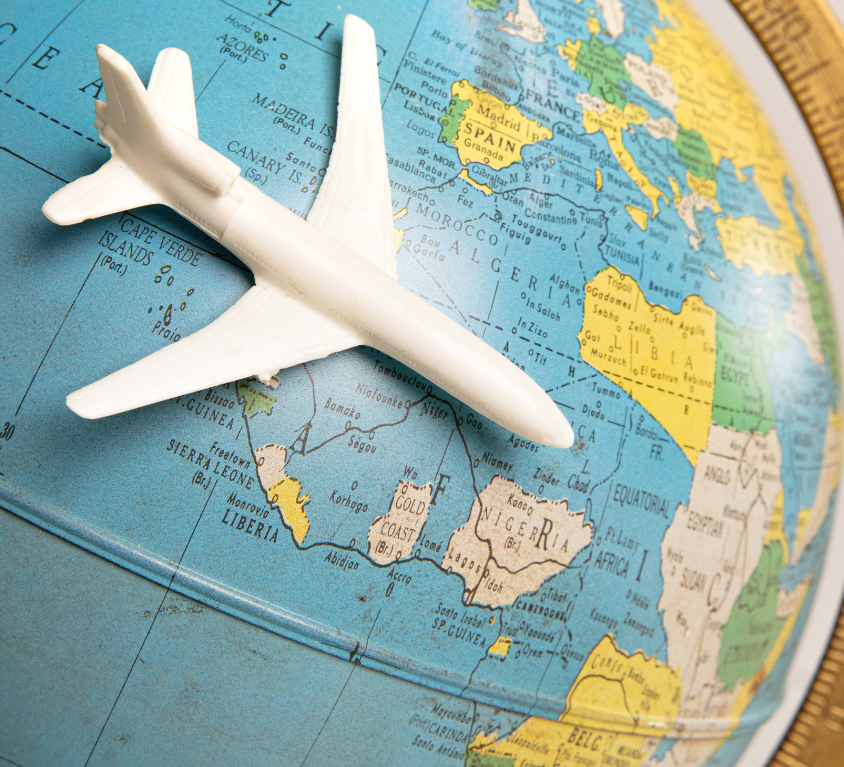Maritime transportation stands as one of the oldest and most significant methods of moving goods and people across the Earth's surface. Over time, it has evolved from simple canoe journeys to highly complex global maritime networks that facilitate the movement of goods worldwide. Let's explore the evolution of maritime transportation throughout history, from its origins to the present day.
Beginnings: Early Maritime Experiments
Maritime transportation can be traced back to the earliest times in human history when people first began to explore the seas and oceans. The first vessels, likely canoes or rudimentary rafts, were used for fishing, trade, and exploration in regions such as Mesopotamia and Ancient Egypt. Over millennia, ancient civilizations like the Phoenicians, Greeks, and Romans developed increasingly advanced maritime technologies, enabling the expansion of trade and their empires across seas and oceans.
The Age of Exploration and the Commercial Revolution
With the arrival of the Age of Exploration in the 15th and 16th centuries, maritime transportation underwent a radical transformation. Explorers such as Christopher Columbus, Vasco da Gama, and Ferdinand Magellan opened up new maritime routes to the Americas, Asia, and the Pacific Ocean, connecting continents and paving the way for an explosion of international trade. This period marked the beginning of global commerce and widespread cultural exchange between previously isolated worlds.
The Industrial Revolution and the Modern Era
The Industrial Revolution brought major changes to the field of maritime transportation. The introduction of steam power for ships allowed for crossing oceans in much shorter time frames and with far greater cargo capacity than old sailing vessels. Thus, maritime transportation became the primary driver of international trade and economic globalization.
In the 20th century, the development of diesel engines and modern shipbuilding technologies continued to improve the efficiency and speed of ships, making maritime transportation even more accessible and efficient. Simultaneously, the Panama Canal and the Suez Canal were constructed, opening up shorter and more direct routes between oceans and revolutionizing global maritime transportation.
Maritime Transportation in the Contemporary Era
Today, maritime transportation is vital to the global economy, facilitating trade between nations and enabling the movement of goods worldwide. Millions of tons of cargo are transported by sea every day, ranging from raw materials and finished products to oil and other vital resources.
Furthermore, maritime transportation has become increasingly environmentally friendly, with growing concerns about carbon emissions and environmental impact. Shipping companies are investing in new technologies and developing low-emission vessels to reduce environmental impact and ensure sustainability for the future.
Conclusion
In conclusion, the history of maritime transportation is a fascinating tale of human adventure, technological innovation, and social change. From the early experiments with wooden rafts to today's sophisticated global maritime networks, maritime transportation has played a crucial role in connecting the world and advancing human civilization. Humanity continues to explore and innovate in the field of maritime transportation, adapting to the demands of a rapidly changing world and striving to balance economic progress with environmental protection.










